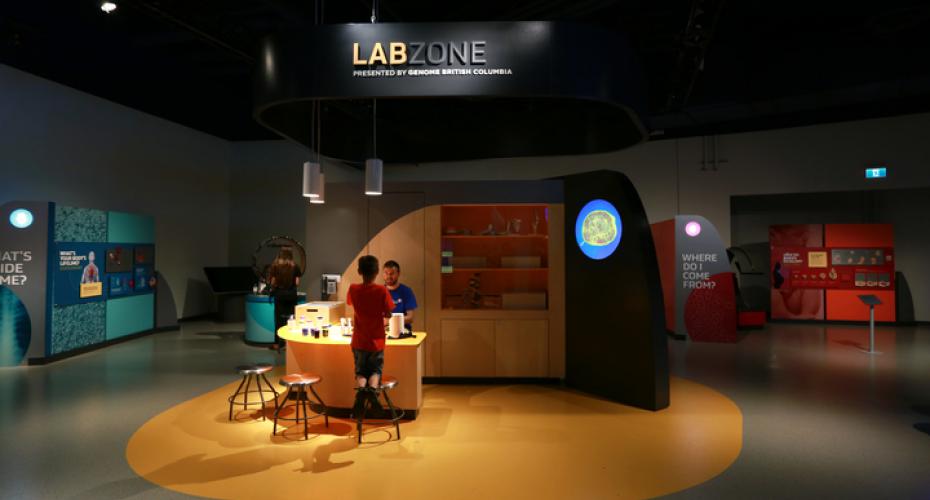Life in space is very different from life here on Earth. In this activity, students compare their everyday activities with the everyday activities of astronauts in orbit on the International Space Station. Weightlessness may look like fun, but it presents many challenges for astronauts to do even the simplest tasks.
Eating
You won’t find a grocery store in space, so astronauts must bring all of their food and drinks with them. Nutritionists and chefs work carefully together to make sure that each astronaut gets all of the nutrition they need to stay healthy. Although they eat a variety of types of foods, foods that are sticky or wet are easier to eat because they will stick to a fork or spoon long enough to make it from plate to mouth. Even salt and pepper have to come in liquid form, so they don’t float away! All of the food is packaged specially to stop pieces from floating around and getting into the shuttle’s instruments.
It typically takes about 20 or 30 minutes to prepare a meal in space. Most of the food astronauts eat is canned, pre-cooked or dehydrated, because there aren’t refrigerators. They use a tube to add hot or cold water to dehydrated foods or drink packages, and use an oven to warm other types of food.
Once it’s ready, astronauts “set the table” by sticking their food packages and utensils to a special meal tray to keep it from floating away. Afterwards, they do the dishes by wiping them down with a wet wipe and throwing their food packages into a disposal container, to be taken back to Earth.
Staying Clean
Staying clean in space is a big challenge for two reasons: water is not readily available in space; and water acts differently in a microgravity environment than it does on Earth.
Astronauts bring lots of water with them from Earth and can’t afford to waste a drop. To help reduce the amount of water they have to bring, astronauts use technology to recycle water from the air and water from liquid waste (yup, pee!) into clean water.
To save water while keeping clean, most astronauts use a soapy, damp cloth to wash their bodies. The astronauts on the ISS are lucky, because it has an enclosed shower cylinder that keeps water from floating away. After they’ve finished rinsing, astronauts use a vacuum to suck up water from their skin and from the inside of the cylinder. Special products like no-rinse shampoos and edible toothpaste also help them to conserve water.
Toilets are specially designed for space, too. Astronauts use restraints to help them sit “down” on the toilet and after they go, a vacuum (not water) is used to flush away their solid waste. As for liquid waste, both men and women can use the special adaptor that funnels it away.
It’s not just their bodies that crew members need to keep clean. They also regularly vacuum the ISS to keep crumbs or hairs from getting stuck in the instruments and wipe up spills to prevent the growth of harmful bacteria.
Sleeping
Just like on Earth, astronauts on the ISS are given about 8 hours out of every 24 to sleep, but they’re not sleeping at “night” and awake during the “day.” While orbiting the Earth, astronauts experience 16 “days” in a period of 24 hours. That’s a sunrise about every 90 minutes—a very confusing environment in which to sleep. Eye masks and earplugs help them to create a quiet, dark sleep environment.
Since there is really no up or down in space, astronauts can sleep in any orientation and their sleeping bags can be stuck to walls, floors or even ceilings. Once zipped in, they can sleep safely without floating around.
Staying Healthy
Microgravity creates health challenges for the astronauts. Since gravity doesn’t pull their blood downwards, blood and fluids flow up towards the astronauts’ heads. This can make them feel stuffy or give them headaches in addition to “bird legs” and puffy faces.
Astronauts also experience muscle and bone weakness because they don’t have any gravity to push against. Astronauts exercise at least two hours a day, while strapped into specialized equipment built for exercise in microgravity, to help them stay healthy.

